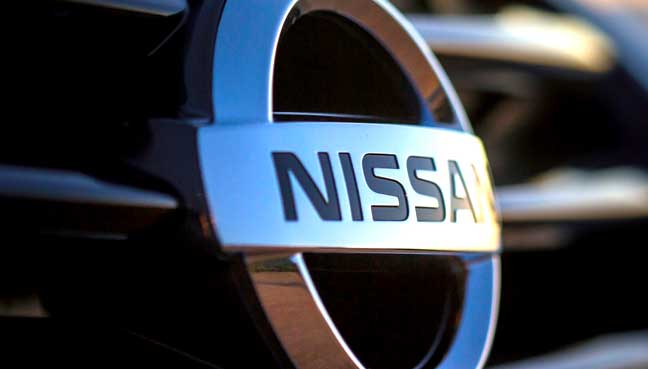
Nissan, Japan’s third-largest automaker, just announced that they’ll be cutting even more jobs. Nearly all of them plan to shrink their manufacturing footprint as part of overall companywide cost-saving measures. The company plans to lay off 11,000 employees. This is on top of the 9,000 layoffs announced in November, bringing the total to some 20,000 job cuts in the last year. This major cut to the workforce is equivalent to 15% of Nissan’s global workforce.
Reducing Production and Streamlining Operations
The automaker is cutting global production by 20 percent. This creative strategy tackles both the increasing cost of doing business and the intense competition manufacturers face in today’s auto industry. As part of the plan, Nissan has announced that it will reduce the number of plants it actively operates from 17 to 10 by 2027. This decision is a further step of the company’s smartly condensing operations and restoring the company to a steadier financial ground.
The recent turmoil in leadership could be a sign of which direction Nissan is headed. After lengthy negotiations over a possible $60 billion merger with Honda collapsed, Nissan’s then-chief executive Makoto Uchida was ousted. With a new CEO, Ivan Espinosa, at the helm, the company was poised to move forward. Espinosa is now chief planning officer and director of the new motorsports division.
Merger Collapse and Future Plans
If completed, the stalled merger would have produced by far the fourth-largest motor manufacturer in the world. It would have placed it only behind industry behemoths Toyota, Volkswagen and Hyundai. Whatever the merits of that potential partnership, its collapse has left Nissan with no choice but to face down its challenges on its own.
Nissan’s layoffs follow a series of previously announced job cuts and underscore the company’s commitment to reducing costs amid an evolving market landscape. Regardless, the automaker recently doubled down on its production plans and shuttering half a dozen factories. This strategic shift is illustrative of how Ford is pivoting to reflect new consumer priorities and automotive innovation.
What The Author Thinks
The mass layoffs and production cuts at Nissan indicate the automaker’s struggle to adapt in a highly competitive industry, especially after the collapse of its merger talks with Honda. While streamlining operations is essential for short-term survival, it’s unclear whether these measures will position Nissan for long-term success. The company faces significant challenges and must now find ways to innovate and improve efficiency to stay competitive.
Featured image credit: FMT
For more stories like it, click the +Follow button at the top of this page to follow us.
